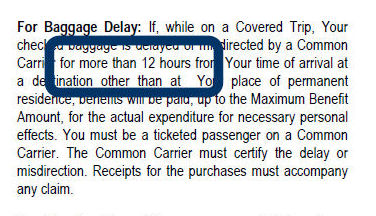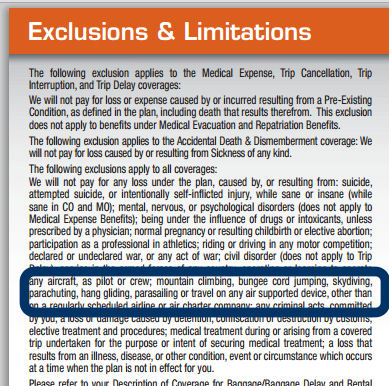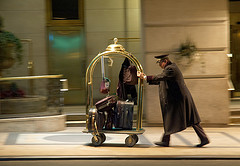 This week’s question of the week asks if you’ve ever been called home from a vacation or business trip because someone is sick, something happened to your home or business while you were away, or someone was in an accident?
This week’s question of the week asks if you’ve ever been called home from a vacation or business trip because someone is sick, something happened to your home or business while you were away, or someone was in an accident?
After that dreaded phone call, how did you handle the emergency travel arrangements?
Did you lose a great deal of money on the trip you had planned?
Please leave a comment to share your story below.









